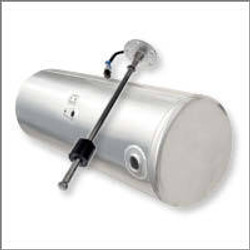
Ford F450-F550 Truck Fuel Tanks
-
 Ford F450-F550 Truck Diesel Fuel Tanks
Ford F450-F550 Truck Diesel Fuel Tanks
-
 Ford F450-F550 Truck Fuel Tank Acc
Ford F450-F550 Truck Fuel Tank Acc
-
 Ford F450-F550 Truck Fuel Tank Brackets & Straps
Ford F450-F550 Truck Fuel Tank Brackets & Straps
-
 Ford F450-F550 Truck Fuel Tank Caps
Ford F450-F550 Truck Fuel Tank Caps
-
 Ford F450-F550 Truck Fuel Tank Senders
Ford F450-F550 Truck Fuel Tank Senders
-
 Ford F450-F550 Truck Fuel Tank Steps
Ford F450-F550 Truck Fuel Tank Steps



